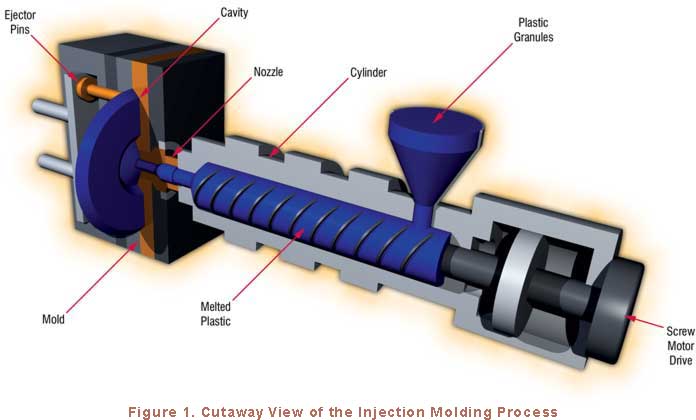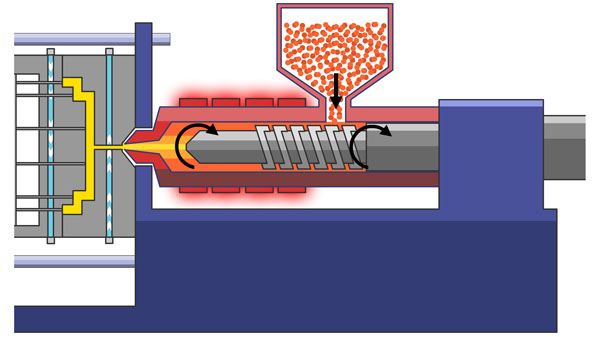Indicators on Manufacturing You Need To Knows
Wiki Article
How Oem can Save You Time, Stress, and Money.
Table of ContentsSee This Report about OemWhat Does Die Casting Mean?The Oem IdeasThe Hon Hai Precision DiariesWhat Does Manufacturing Do?Top Guidelines Of Hon Hai Precision
The text on this web page is a sample from our complete White Paper 'Shot Moulding for Buyers' - * Example message * - for complete guide click the download button over! Introduction This guide is meant for people who are looking to resource plastic mouldings. It gives a much required insight into all that is involved with creating plastic parts, from the mould tool required to the moulding procedure itself.If you desire to discover better, the overview covers sorts of mould devices, in addition to special completing procedures such as colours & plating. Words that are underscored can be discovered in the glossary in the appendix ... Part I: Moulding: The Essentials The Benefits of Injection Moulding Plastic injection moulding is an extremely precise process that provides a number of benefits over other plastic processing techniques.
Precision is ideal for extremely intricate parts. You can hold this moulding in the hand of your hand and also it has managers, ribs, steel inserts, side cores and openings, made with a moving shut off attribute in the mould tool.
Manufacturing for Dummies


from product feed & melting; product injection; cooling time and ejection to the re-closing of the mould device ready for the next cycle. Draft angles - The wall surfaces of a moulded component should be slightly tapered in the direction in which the component is ejected from the mould tool, to permit the component to be ejected quickly.
Ejector stroke - The pressing out of ejector pins to expel the moulded component from the mould device. Ejector stroke rate, size as well as timing needs to link be very carefully regulated to stop damage to the ejectors as well as mould device, however at the very same time make the internet moulding cycle as brief as possible.

The Buzz on Manufacturing
Ribs - When a plastic part has thin wall surfaces, ribs are contributed to the layout to make the slim walls stronger Side cores - Side action which generates a feature on a moulded component, at an opposing angle to the normal opening direction of the mould device. lean production. The side core requires to be able to retract as the plastic component can not be expelled otherwise.
Wall surfaces - The sides of a moulded part The text on this web page is an example from our complete White Paper 'Injection Moulding for Buyers'.
Manufacturing process for creating components by infusing liquified product into a mould, or mold and mildew Streamlined layout of the procedure Injection moulding (U.S. spelling: shot molding) is a production process for creating components by injecting liquified material right into a mould, or mold. Shot moulding can be done with a host of products mainly consisting of metals (for which the procedure is called die-casting), glasses, elastomers, confections, as well as a lot of frequently polycarbonate and also thermosetting polymers. Injection moulding is widely utilized for making a range of components, from the smallest components to whole body panels of vehicles. Developments in 3D printing view website modern technology, using photopolymers that do not melt during the shot moulding of some lower-temperature thermoplastics, can be utilized for some easy injection moulds. Shot moulding uses a special-purpose equipment that has three parts: the shot unit, the mould and the clamp.
All About Lean Production
Refine attributes [modify] Shot moulding makes use of a ram or screw-type bettor to force liquified plastic or rubber material into a mould cavity; this strengthens into a form that has adapted the contour of the mould. It is most generally made use of to refine both polycarbonate and thermosetting polymers, with the volume use the former being considerably higher.: 13 Thermoplastics are prevalent as a result of characteristics that make them very ideal for injection moulding, such as convenience of recycling, flexibility for a wide range of applications,: 89 as well as capacity to soften as well as flow on home heating.In multiple dental caries moulds, each cavity can be the same as well as develop the exact same parts or can be unique as well as form several different geometries throughout a single cycle.
When sufficient material has collected, the material is compelled at high pressure and velocity right into the component creating dental caries. The specific amount of contraction is a function of the material being used, as well as can be relatively foreseeable. To protect against spikes in pressure, the procedure normally utilizes a transfer setting representing a 9598% complete dental caries where the screw shifts from a consistent velocity to a constant stress control.
How Hon Hai Precision can Save You Time, Stress, and Money.
The packaging stress is applied until the entrance (cavity entryway) solidifies. Due to its small size, the entrance is generally the very first location to strengthen with its whole thickness.: 16 Once the entrance strengthens, no more product can get in the dental caries; appropriately, the screw reciprocates and acquires product for the next cycle while the product within the mould cools so that it can be ejected and be dimensionally steady.Report this wiki page